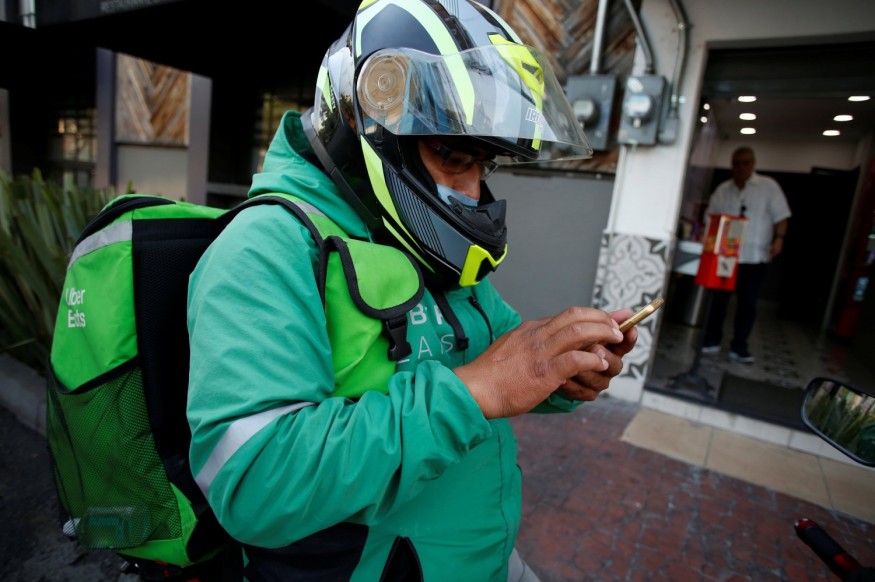People of Color Take a Major Hit as the Economy Struggles Amid the COVID-19 Pandemic

An estimated 70 percent of United States hotel maids are women of color. Another 57 percent work in the restaurants and 42 percent of those are waitstaff.
People of color often work in industries where layoffs are common. Today, while the Unites States of America faces a global pandemic, the number of layoffs are expected to increase day by day, and sadly, low-income workers will be hit the hardest.
Marc Morial, president and CEO of National Urban League, said "in terms of the economic situation, all you have to do is look around the corner and you can see that for us, for people of color, we are overrepresented in the low-wage workforce and in the very industries we already know to be taking serious hits. Without federal relief, the right type at the right time, this could be entirely catastrophic."
More on Latin Post:
-Brazil and Mexico In Taking Precautionary Steps To Fight COVID-19
-COVID-19 Strikes in Mexico Leaving 12 Dead
-Ports Take Preventive Measures to Secure Operation Amidst COVID-19 Outbreak
The Coronavirus Relief Bill
As of today, the coronavirus relief bill amounting to $2 trillion includes a four month income replacement allowance for those who are unable to work because of the pandemic brought by the coronavirus. On top of that, the bill expands to unemployment benefits and provides direct supplements to most American homes.
Workers with $75,000 income will receive $1,200 which decreases as the income of the household increases. Families will also receive $500 direct payment for every child. The bill also aims to provide cash assistance to businesses, hospitals and states to cover some costs brought by the outbreak and lost tax revenue. However, there is still no clarification about immigration policies as of Wednesday.
Rep. Karen Bass believes the bill is good but is not enough. She mentioned that the Caucus and other groups are working hard in reviewing the bill and identifying issues that they can address on subsequent bills.
Occupational Segregation
Valerie Wilson, economist and director of the program for race, ethnicity and economy at the Economic Policy Institute, says the current pattern we see in the workplace is brought by history. She believes that despite the effort of the community to gain equality, there are still challenges and barriers people of color face.
Due to the wave of layoffs in restaurants, hotels, and entertainment venues, people who have experienced occupational segregation have already lost their ability to gain income.
Certain industries are dominated by people of color. In the hospital industry alone, 51% of clerks and front-desk staff are of color. 56% of those working in parking lots as an attendant and 66% of those driving taxis and cars for hire are people of color too.
Research by the Federal Reserve also shows that 39% of households believe that if they face an unexpected expense amounting to $400, they will not be able to cover it.
Sandy Darity, economist from Duke University believes that the nation needs a federal work guarantee program. In good times, the facility can employ a few people to work as directed by the federal government while in bad times, the infrastructure can further expand to put more people at work as the need arises.
Subscribe to Latin Post!
Sign up for our free newsletter for the Latest coverage!















